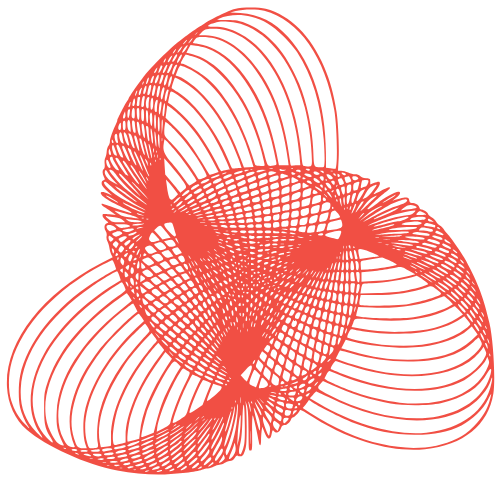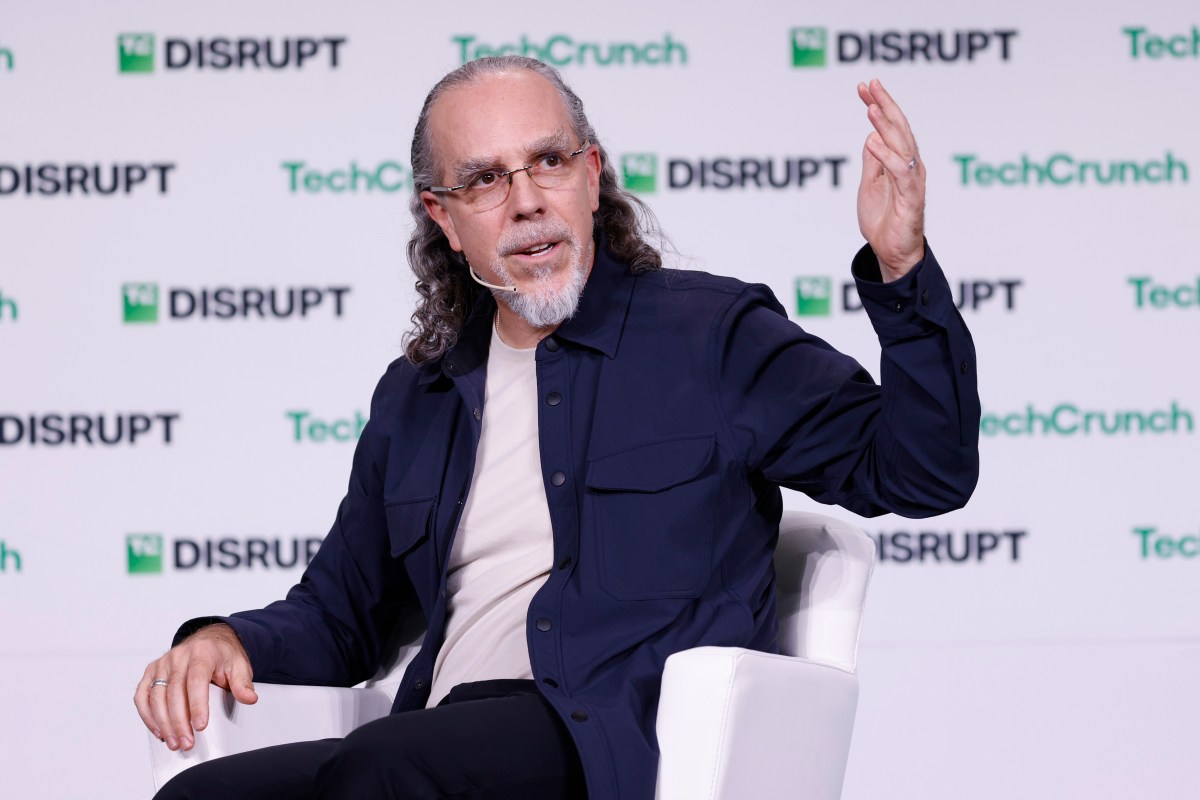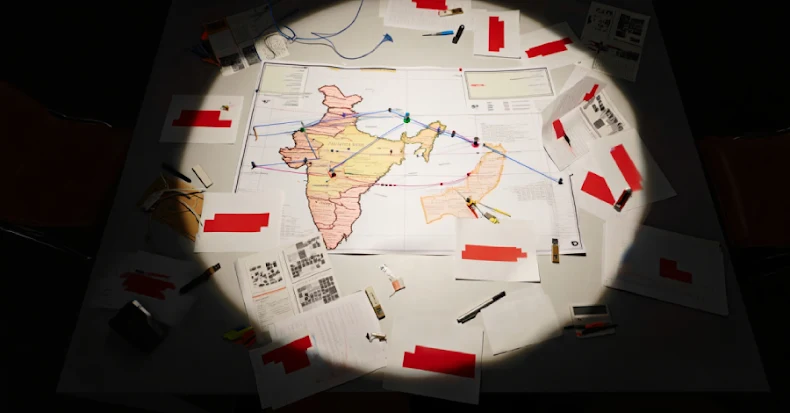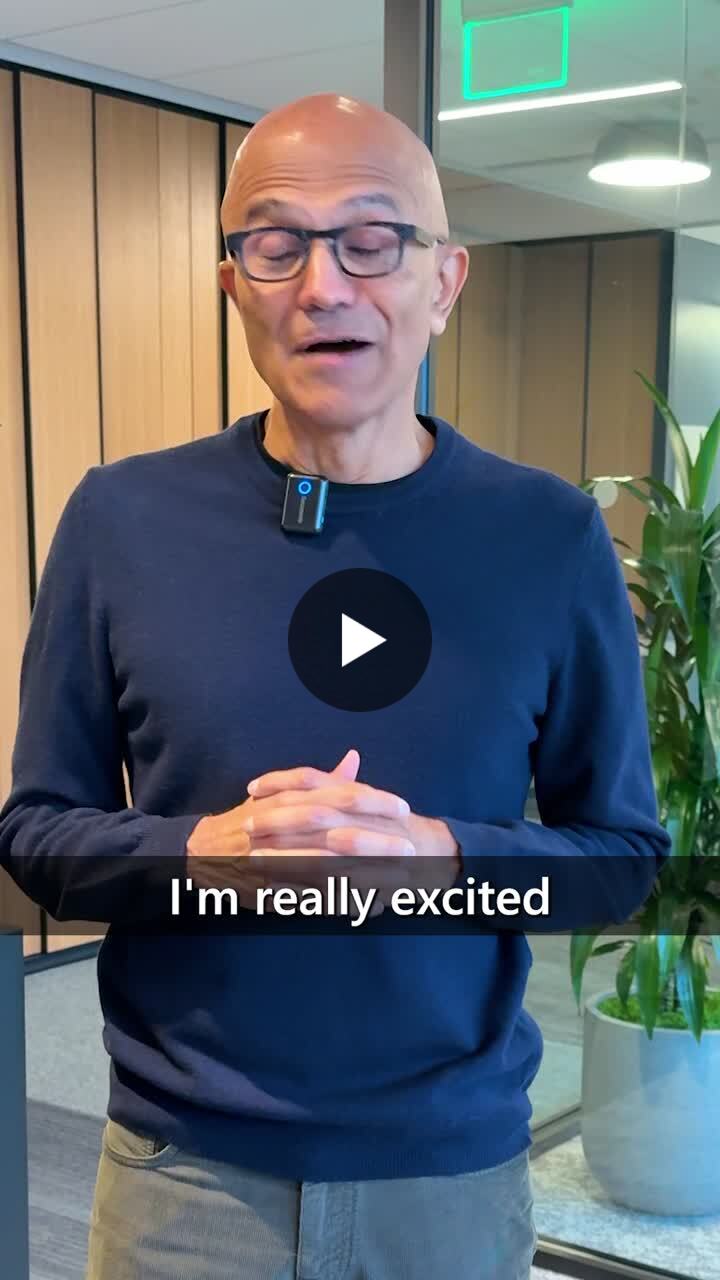Astro Teller, the CEO of X, Alphabet’s innovative “moonshot factory,” provided insight into the characteristics of a moonshot and the company’s “fail fast” approach during the TechCrunch Disrupt 2025 conference on Monday. This approach is pivotal in the company’s mission to incubate and develop nearly impossible ideas.
Several notable companies, including Waymo and Wing, originated as moonshots from X’s factory, underscoring the potential for innovative ideas to blossom into successful entities.
Teller disclosed that X operates with a “2% hit rate,” meaning that the majority of its endeavors do not yield the desired outcomes, a reality the company accepts as part of its innovative process.
According to Teller, a moonshot must possess three distinct components: it must aim to resolve a significant global issue, offer a product or service that could potentially eliminate the problem, and leverage breakthrough technology that provides a plausible solution to the problem. This combination is crucial for an idea to be considered a moonshot.
Teller illustrated this concept with an example, stating that if an employee proposed a teleporter, the company’s response would be to allocate a small amount of resources to test the idea, not with the intention of making it work, but to gather information on its feasibility. The goal is to determine whether the idea presents a once-in-a-generation opportunity, and it is acceptable if the answer is negative.
He further emphasized that if a proposed moonshot sounds reasonable, it does not align with X’s objectives, as a true moonshot, by definition, should be ambitious and unlikely to succeed. This does not necessarily mean the idea is bad; it simply does not fit the company’s criteria for a moonshot.
Teller explained that for an idea to be considered, it must sound audacious, include the three components of a moonshot, and be testable with minimal investment. If the idea proves to be more implausible than initially thought, the company would discontinue it. Conversely, if it shows more promise, additional resources would be allocated to further test and refine the concept.
Teller stressed the importance of balancing audacity with humility in pursuing moonshots. High audacity is necessary to embark on these challenging projects, but equally high humility is required to acknowledge when an idea is not viable and to pivot accordingly.
X initiates over 100 projects annually, with only 2% reaching exit after five or six years. However, Teller noted that 44% of the company’s expenditures are dedicated to ideas that graduate and demonstrate extraordinary potential. This is a result of the company’s practice of eliminating less promising ideas early in the development process.
Teller concluded by stating that innovation can be learned, suggesting that while people may lose touch with their creative potential as they age, it is possible to rekindle this capacity by fostering an environment where exploring novel ideas is encouraged and not ridiculed.
Source Link





